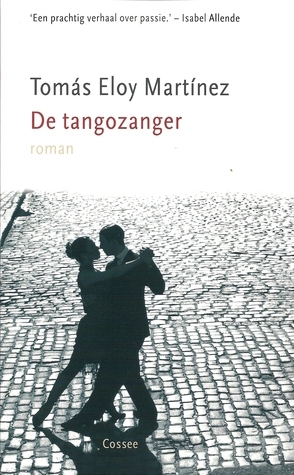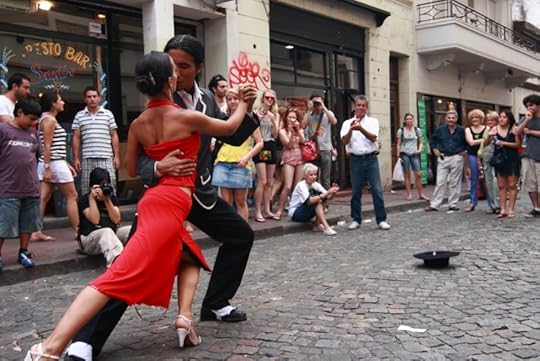What do you think?
Rate this book


223 pages, Paperback
First published January 1, 2004




”Sabadell and I were surprised, Alcira told me, when he burst out singing in the car, in a baritone voice, a verse from Return that reflected, or at least to me seemed to reflect, his conflict with time: I’m afraid of the showdown / with the past that returns / of confronting my life. Stranger still was that he repeated the melody in F, in a deep bass voice and then, almost without a breath, he sang it as a tenor. I’d never heard him switch his voice from one register to another, because Martel was a natural tenor, and he never played with his voice this way again, at least not in front of me.”